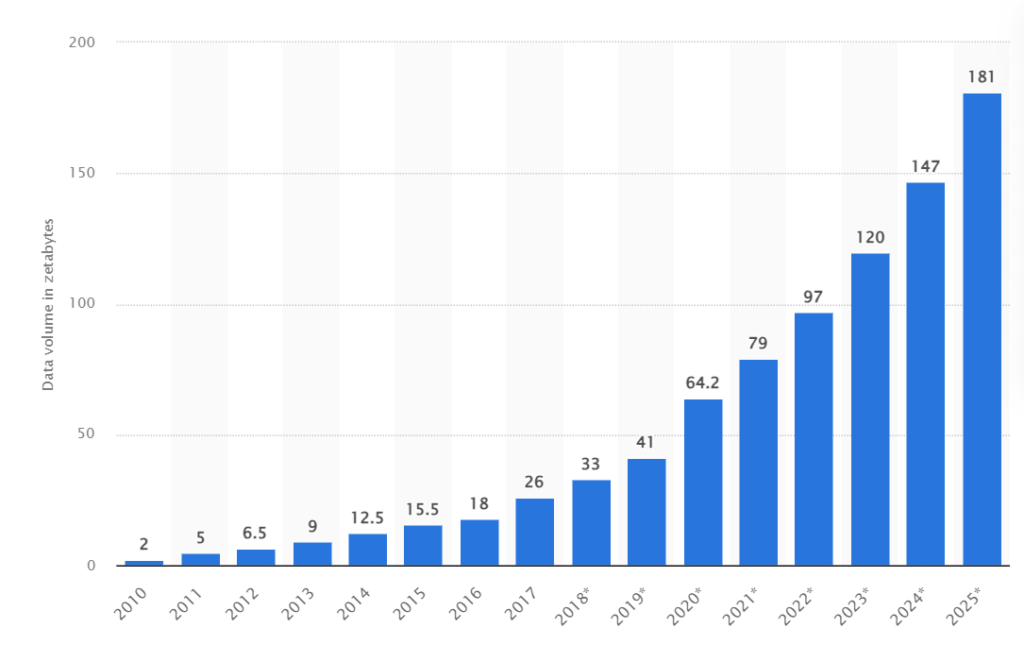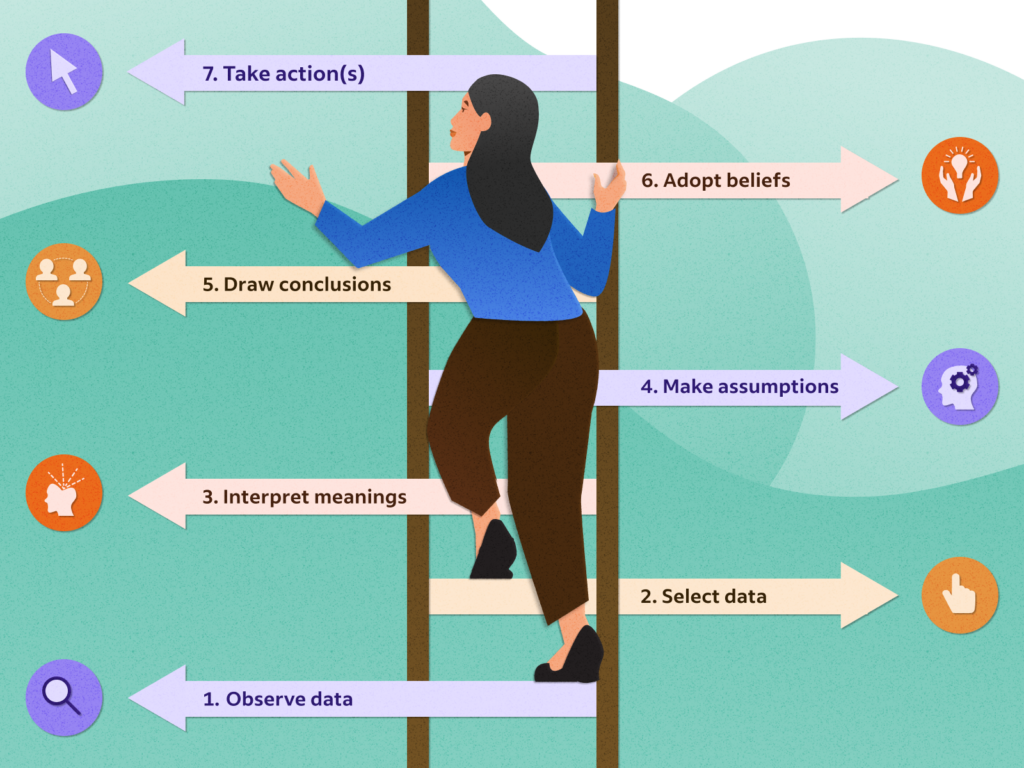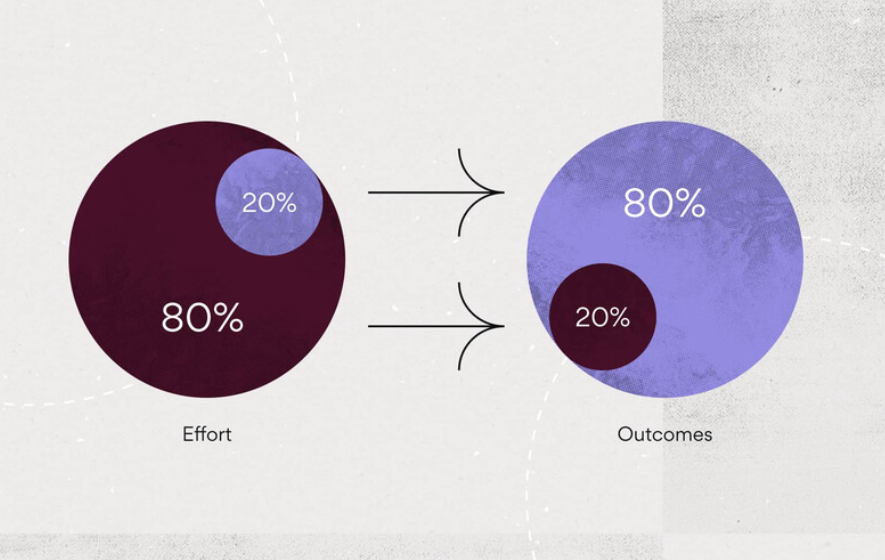Article

The Art of Vetting Information in Technical Leadership
In technical leadership, where decisions can shape the future of organizations and industries alike, the ability to discern reliable information from noise is paramount. As technology continues to evolve at breakneck speed, so does the volume and variety of information available. Yet, amidst this abundance, the challenge lies not in accessing data, but in vetting it effectively to ensure decisions are well-informed and strategic.
Moreover, in an era marked by unprecedented complexity and rapid change, data is ubiquitous. From social media trends to complex algorithmic analyses, tech leaders are inundated with information from myriad sources. However, the abundance of data does not equate to clarity or reliability. In fact, the proliferation of misinformation and biased reporting complicates the landscape, making it essential for tech leaders to adopt rigorous vetting practices.
This article explores crucial strategies for tech leaders to discern reliable information and data from noise. It covers understanding the current information landscape, mitigating risks of misinformation and bias, implementing effective vetting strategies, and preparing for future challenges in data management.
The flood of information: A double-edged sword for tech leaders
Access to information has never been easier; a click or tap yields a wealth of data, studies, and expert opinions. The sheer magnitude of data generated daily is staggering, marking both the opportunity and the peril of the information age.
Approximately 402.74 million terabytes of data are created every day—a figure that continues to swell exponentially. By the end of this year, projections suggest a total of 147 zettabytes of data will have been generated globally. Looking ahead to 2025, this number is expected to surge to 181 zettabytes, highlighting an unprecedented growth trajectory.

[Image Source: Statista]
In the United States alone, the presence of more than 2,700 data centers underscores the infrastructure supporting this data deluge, serving as critical hubs for processing and storing vast volumes of information.
The exponential growth in data generation is a defining characteristic of the contemporary era. Since 2010, the annual volume of generated data has consistently escalated, reflecting a 74-fold increase over the past 13 years. Remarkably, it is estimated that 90% of the world’s data has been generated within the last two years—a testament to the accelerating pace of digital transformation and information production.
Yet, amidst this abundance lies a perilous challenge—determining what information to trust. Moreover, amidst this proliferation of data lies the critical challenge of ensuring its accuracy, reliability, and relevance.
The exponential growth in data volume does not inherently equate to proportional growth in quality or trustworthiness. Recent controversies have highlighted the vulnerabilities of even esteemed studies, which can falter due to flawed methodologies, incomplete data sets, or undisclosed biases.
For decision-makers, particularly in executive roles such as CTOs and IT directors, navigating this landscape demands a strategic approach. It involves not only leveraging the potential of abundant information for informed decision-making but also implementing robust mechanisms to filter out misinformation and biased perspectives.
The framework of the ‘Ladder of Misinference’ for vetting information maze
As the pace of information accelerates, so too must our vigilance in interpreting it. Drawing from the discipline of social science, a new framework emerges to aid leaders in discerning misinformation. Termed the “Ladder of Misinference,” it categorizes common pitfalls in data interpretation into four distinct missteps, offering a structured approach to evaluate the credibility of information.

[Image Source: Indeed]
Let’s delve deeper into how these principles can be practically applied by today’s leaders.
Step 1: Scrutinizing statements: Is it backed up by data?
When confronted with a statement, whether from a report, study, or article, the first step is to demand evidence. It’s not enough to glance at a footnote or a citation; true verification requires diving into the referenced sources.
Often, footnotes may lead to studies that do not substantiate the claims made. Executives should ask: What exactly does the data measure? Does it align with the statement being asserted? This level of scrutiny ensures that decisions are based on solid, validated information rather than assumptions or incomplete data.
Step 2: Evaluating facts and anecdotes: Is it representative?
Anecdotes and stories can be powerful tools for persuasion, but they often represent cherry-picked examples that may not reflect the broader reality. When presented with a compelling narrative about a successful strategy or innovation, executives must inquire whether other instances exist where the same approach failed.
This comparative analysis provides a more balanced perspective, preventing the undue influence of selective storytelling. By considering both successes and failures, leaders can make more informed decisions grounded in comprehensive insights rather than anecdotal evidence.
Step 3: Interpreting large-scale data: What are the rival theories?
Large-scale data sets can appear conclusive, but they often allow for multiple interpretations. Executives should challenge assumed causality by identifying rival theories—alternative explanations that could also fit the observed data.
A useful tactic is to envision the study producing an opposite result, one that contradicts preferred outcomes. By actively seeking out potential counterarguments and competing hypotheses, leaders cultivate a nuanced understanding of complex issues, mitigating the risk of adopting misleading conclusions.
Step 4: Contextualizing robust evidence: Does it apply universally?
Robust evidence, while compelling, may not universally apply across different contexts or settings. For instance, a study demonstrating the benefits of employee empowerment in the tech industry might not translate seamlessly to sectors prioritizing stringent health and safety regulations, such as mining.
Tech executives must assess whether the findings align with the specific conditions and challenges of their industry or organization. This contextual evaluation ensures that decisions are tailored to local realities rather than applying one-size-fits-all solutions.
For today’s tech leadership, applying these principles isn’t merely theoretical but a practical necessity. By adopting a critical lens that questions sources, probes for representative evidence, challenges assumed causality and respects contextual variations, leaders can safeguard against the pitfalls of misinformation.
Key best practices for tech leaders for ensuring information integrity
In today’s data-driven landscape, maintaining information integrity is crucial for tech leaders. Let’s explore the best practices to ensure accuracy and reliability:
1. Implement 80/20 Principal
Technical leadership executives can apply them selectively, focusing on the most critical decisions or those vulnerable to confirmation bias. By adhering to the 80/20 principle—where 20% of efforts yield 80% of results—leaders prioritize thorough evaluation where it matters most. Over time, this practice becomes ingrained, fostering a culture of informed decision-making within the organization.

[Image Source: Asana]
2. Apply related principles
- Occam’s Razor: When faced with multiple explanations or solutions, CTOs should prefer the simplest one that adequately explains the phenomenon or solves the problem. This principle helps in avoiding unnecessary complexity and focusing on practical, effective solutions.
- Bayesian Inference: This statistical method helps CTOs update their beliefs based on new evidence or information. By continually reassessing probabilities and adjusting strategies accordingly, CTOs ensure that decisions remain aligned with evolving market dynamics and technological trends.
- Agile Decision-Making: Embracing agile principles in decision-making allows CTOs to iterate quickly, test hypotheses, and adapt strategies based on real-time feedback. This iterative approach not only accelerates innovation but also minimizes risks associated with uncertainty and changing market conditions.
3. Distinguish fact from opinion
In an era of ubiquitous commentary and opinion-sharing, distinguishing fact from opinion is crucial. Tech leaders must be adept at discerning objective, evidence-based information from subjective viewpoints or speculation. This requires a critical mindset that questions assumptions, seek corroborating evidence and identifies potential biases inherent in the information presented.
4. Data verification and validation
Incorporating robust data verification and validation processes is essential for tech leaders seeking to ensure the accuracy and integrity of information. This includes cross-referencing data from multiple sources, conducting independent analyses, and verifying the authenticity of data through audits or third-party validation services. By implementing these practices, leaders can mitigate the risk of relying on erroneous or manipulated data.
5. Expert consultation and peer review
Engaging with subject matter experts and seeking peer review of critical information can provide valuable insights and validation. Collaboration with professionals possessing specialized knowledge or experience in relevant domains enhances the rigor and credibility of decision-making processes. Additionally, peer review mechanisms facilitate constructive critique and refinement of ideas, fostering informed decisions grounded in collective expertise.
6. Algorithmic transparency and ethical considerations
In the realm of artificial intelligence and machine learning, transparency regarding algorithms and ethical considerations is paramount. Tech leaders must prioritize understanding the algorithms underpinning automated decision-making processes, ensuring transparency in how data is collected, analyzed, and utilized. Furthermore, ethical frameworks must guide decision-making to safeguard against unintended biases or discriminatory outcomes.
The proliferation of misinformation and disinformation poses a significant challenge for tech leaders navigating the information landscape. Whether its deliberate falsehoods propagated for malicious intent or unintentional inaccuracies, the impact on decision-making can be profound. Implementing robust fact-checking procedures and promoting media literacy within organizations are essential steps in mitigating these risks.
In brief
As technology continues to advance, so must the strategies employed by tech leaders to ensure they remain at the forefront of informed decision-making. By embracing a rigorous and ethical approach to vetting information, leaders not only safeguard the interests of their organizations but also contribute to a more transparent and accountable tech ecosystem.